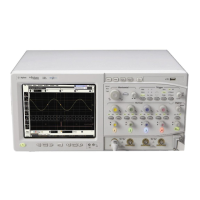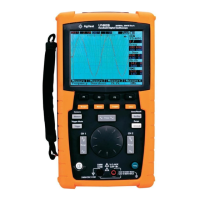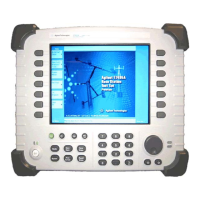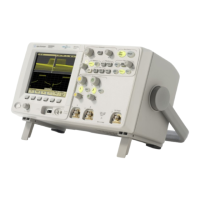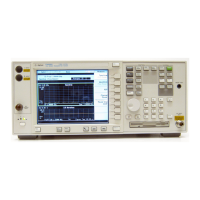Triggering the Oscilloscope 4
6000 Series Oscilloscope User’s Guide 131
To select trigger Coupling
1 Press the Mode/Coupling key.
2 Press the Coupling softkey, then select DC, AC, or LF Reject
coupling.
• DC coupling allows DC and AC signals into the trigger
path.
• AC coupling places a 10 Hz (3.5 Hz in 100 MHz bandwidth
models) high-pass filter in the trigger path removing any
DC offset voltage from the trigger waveform. The high-pass
filter in the External Trigger input path is 3.5 Hz for all
models. Use AC coupling to get a stable edge trigger when
your waveform has a large DC offset.
• LF (low frequency) Reject coupling places a 50 kHz
high-pass filter in series with the trigger waveform. Low
frequency reject removes any unwanted low frequency
components from a trigger waveform, such as power line
frequencies, that can interfere with proper triggering. Use
this coupling to get a stable edge trigger when your
waveform has low frequency noise.
• TV coupling is normally grayed-out, but is automatically
selected when TV trigger is enabled in the Trigger More
menu.
Note that Trigger Coupling is independent of Channel Coupling.
To change Channel Coupling see page 83.
To select trigger Noise Rejection and HF rejection
1 Press the Mode/Coupling key.
2 Press the Noise Rej softkey to select noise reject or press the
HF Reject softkey to select high frequency reject.
• Noise Rej adds additional hysteresis to the trigger circuitry.
When noise reject is on, the trigger circuitry is less
sensitive to noise but may require a greater amplitude
waveform to trigger the oscilloscope.
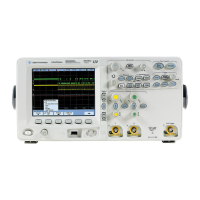
